Warren Moor Mine
Tucked away in a remote valley below the Cleveland Hills is Warren Moor Mine, a remarkably well preserved complex of mine shafts, boiler and pump houses, railway lines and a huge square chimney of elaborate design. The first sight of the chimney as it comes into view in the valley never fails to surprise and impress.
Part of the reason Warren Moor Mine is so well preserved is the unsuccessful nature of the mining ventures here – two different companies attempted to operate the mine between 1866 and 1874 but neither were successful, ending in bankruptcy and abandonment of the workings.
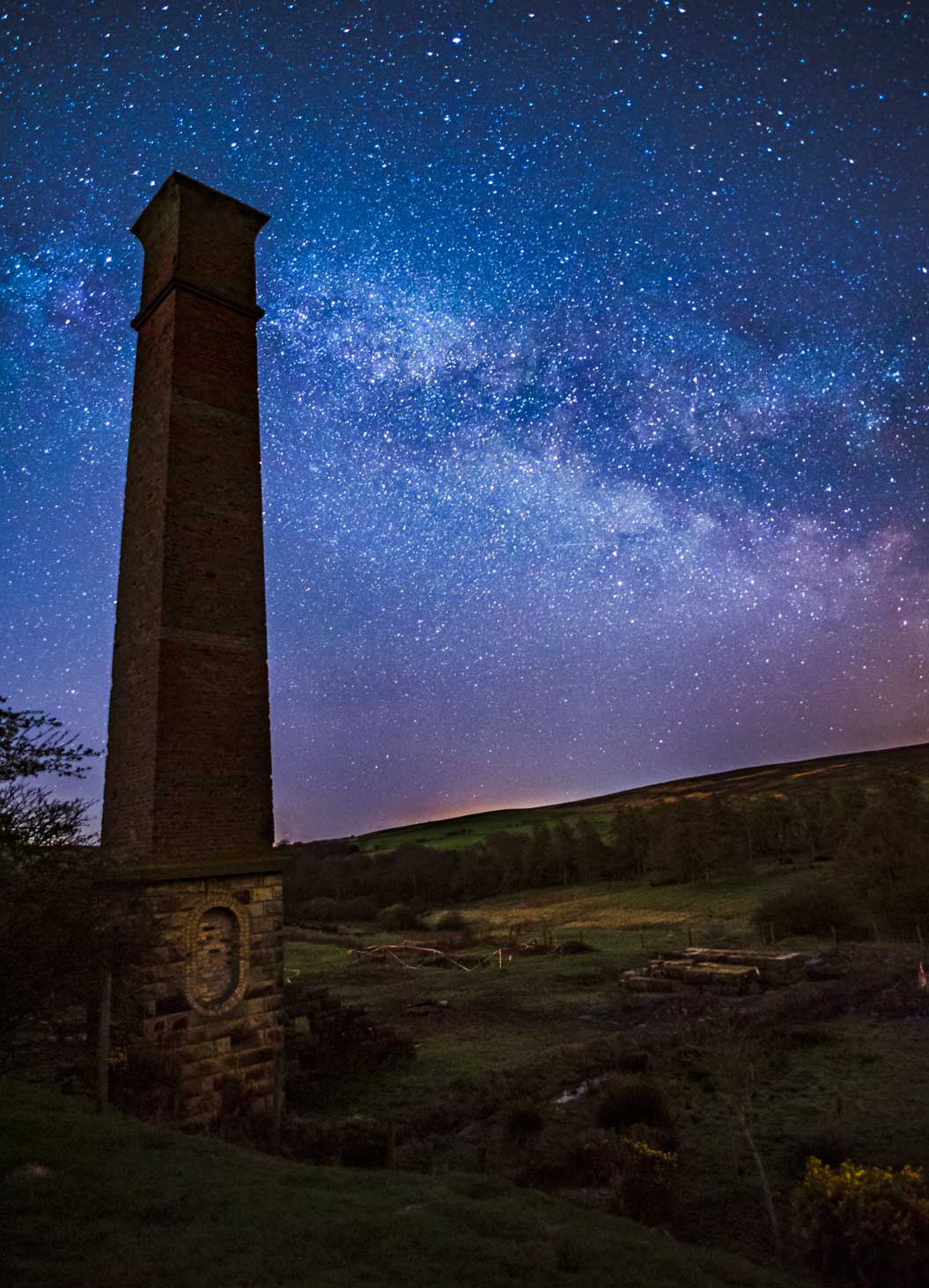
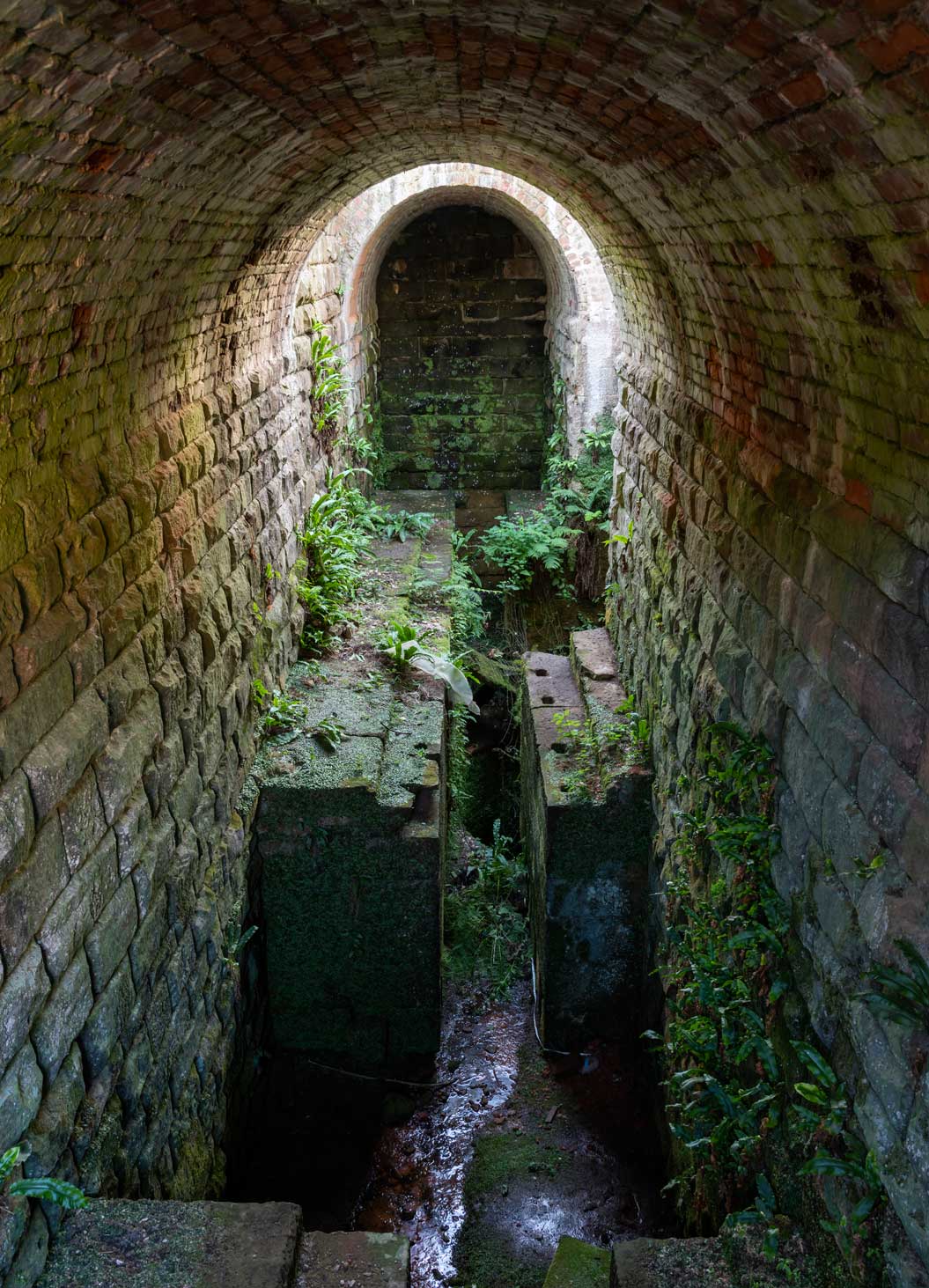
The extensive nature of the industrial complex here offers great educational opportunities to demonstrate the techniques and principles of mining. The project has made the site safe for public access, conserved and protected the remaining structures, and installed interpretation about the mine and its workings. The Land of Iron have led community archaeological excavations at Warren Moor Mine, helping to train volunteers in industrial archaeology how to survey, excavate and record these exciting and remote ruins.
Ingleby Incline
The dramatic Ingleby Incline marks the point where the railway carrying the ironstone from Rosedale left the moors and dropped down into Cleveland at a gradient of up to 1 in 5. Loaded wagons attached to steel ropes nearly a mile long and wrapped around a large brake drum were lowered down the slope, pulling empty wagons up the hill at the same time.
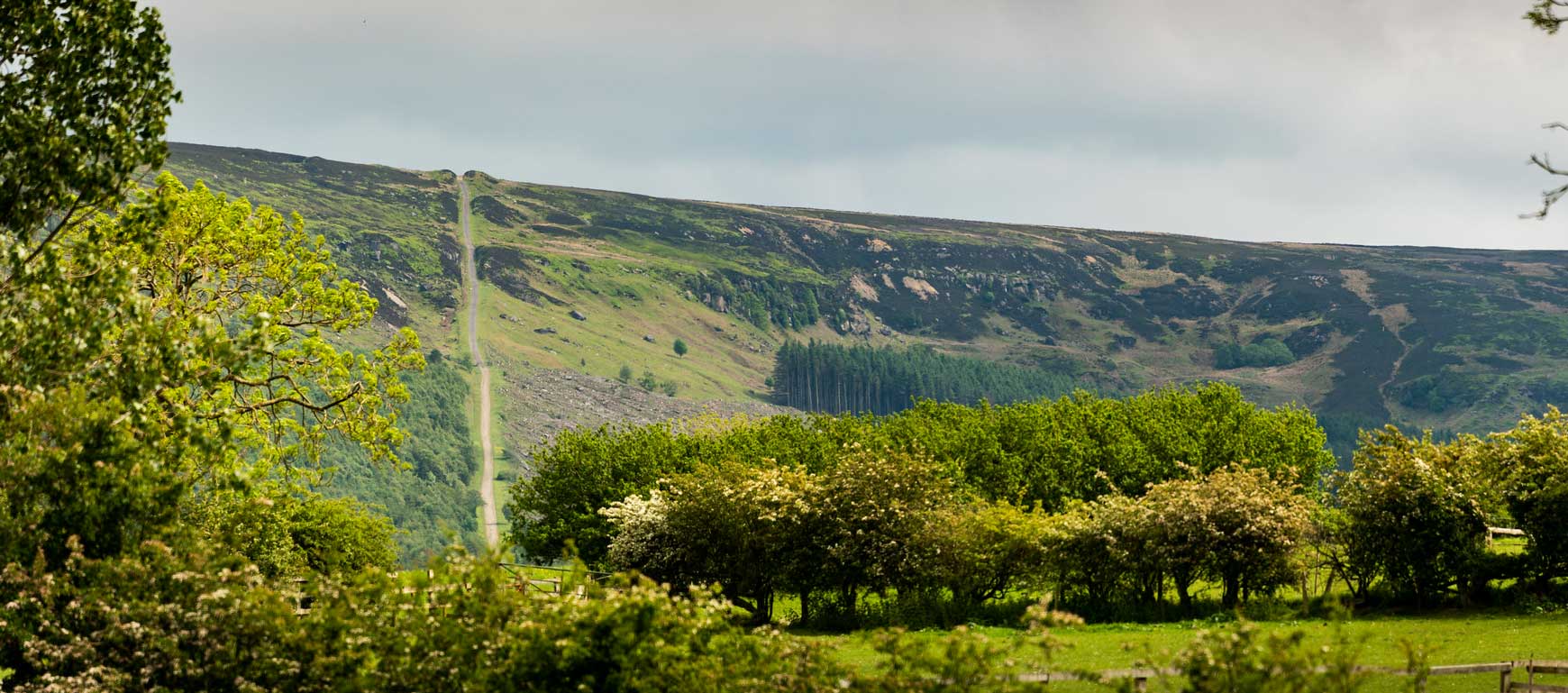
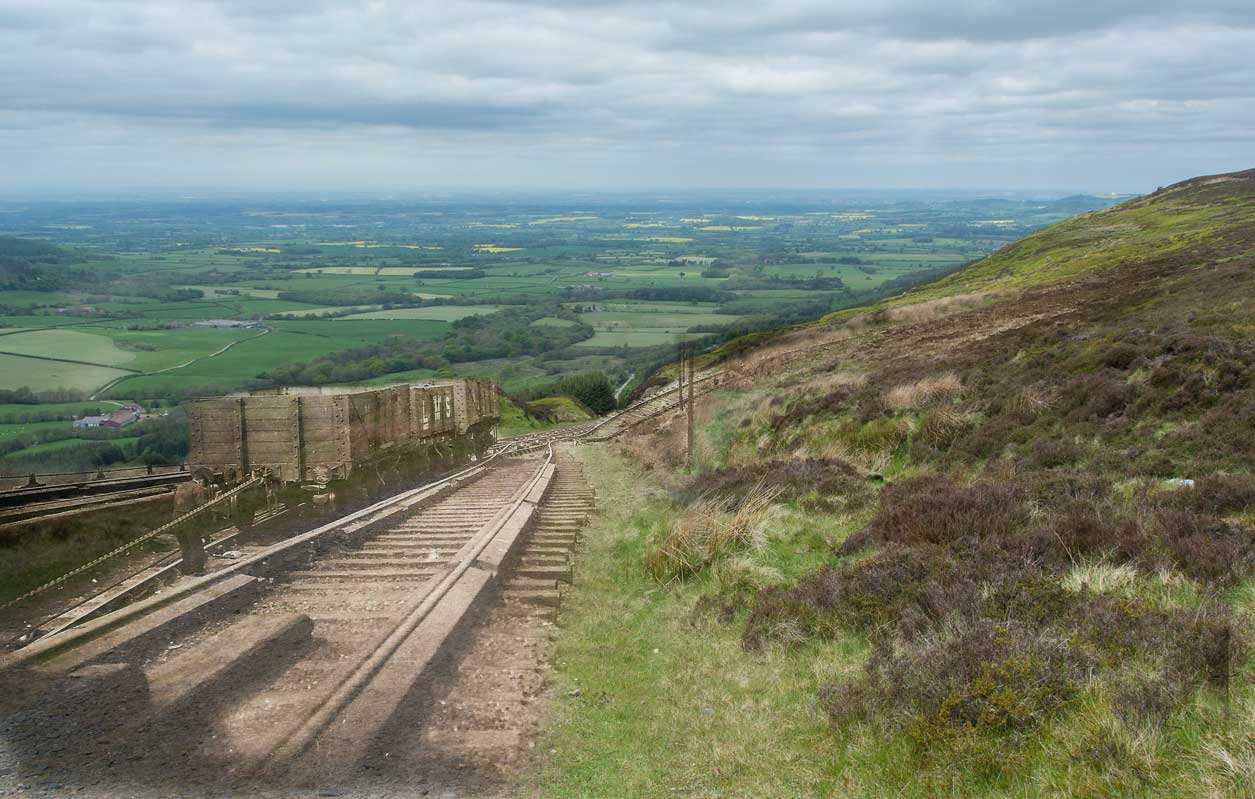
Despite the careful operation of the incline accidents did occur. Walking or cycling up the slope today one can imagine the catastrophic speed these loaded wagons would have achieved if they broke free from the ropes and brake drum and careered down the hill.
Ingleby Incline offers a great deal to the visitor – stunning views across the Cleveland plain to Teesside and beyond, a place to marvel at our ancestors’ engineering confidence and prowess, a chance to test one’s fitness or brakes on the steep climb, and an excellent part of a network of footpaths and bridleways linking the Cleveland Way, North York Moors and surrounding countryside. The project has installed intriguing interpretation to make sense of the jumbled industrial remains along the incline and give an idea what it would have looked like in operation.
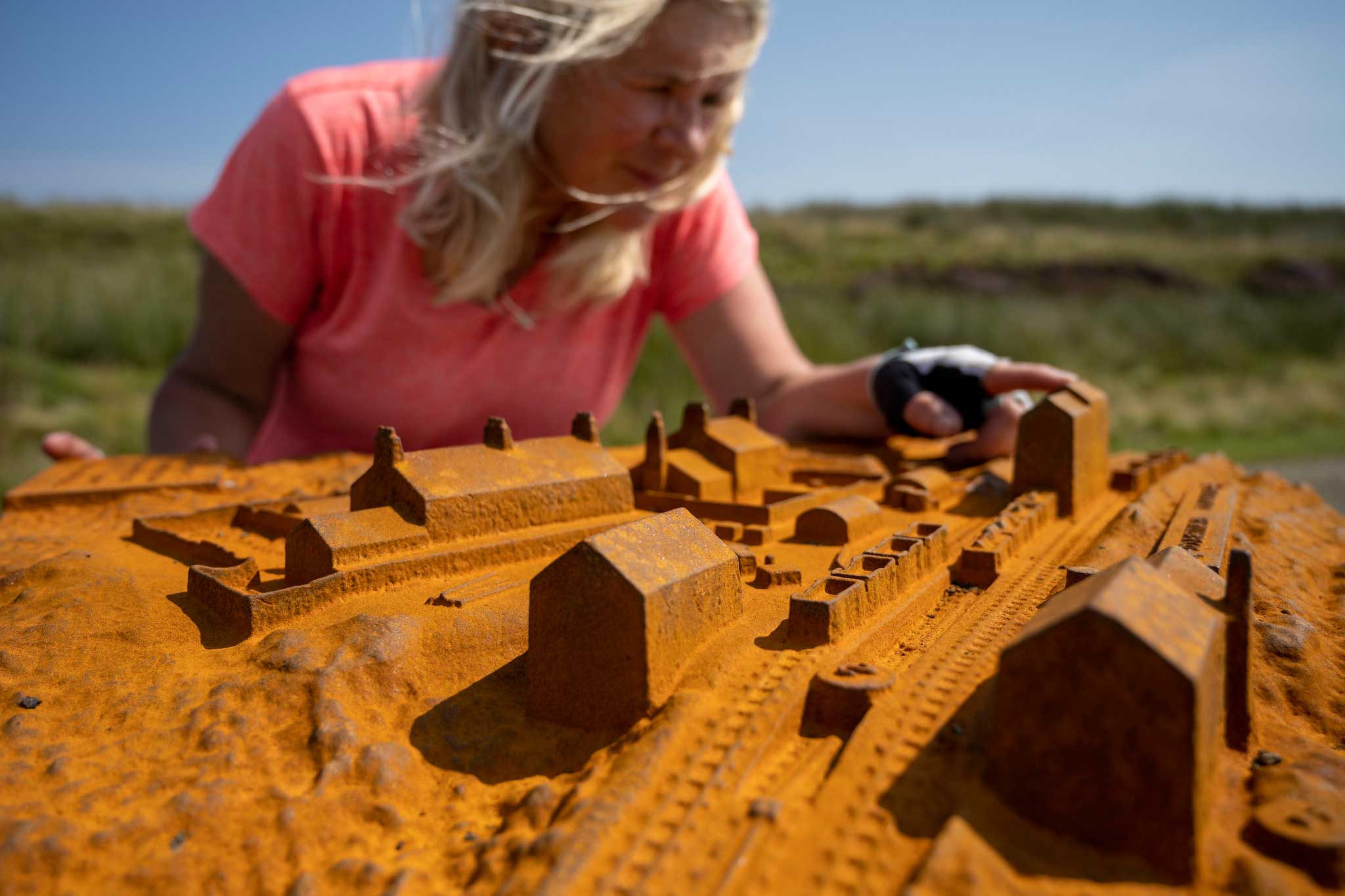
Mine water discharge mitigation
Water running out of old mines can sometimes contain high levels of impurities that present a potentially harmful legacy of the mining industry. Little thought was historically given to what happened after the mines closed, ownership can have transferred hands several times and mines were often abandoned in a haphazard manner.
The mine water and resulting thick sediment is often bright orange in colour and easy to spot in the landscape. Whilst not exactly toxic in itself the water contains high levels of dissolved iron that reduces the oxygen levels in watercourses, thereby smothering invertebrates and reducing the food available to fish.

As part of the development of the Land of Iron project over 80 sites throughout the North York Moors were identified as potential issues for mine water discharge and mitigation trials were undertaken at 2 of these sites. Mitigation measures included reed beds, retention pools and sluices to remove iron before it reaches watercourses downstream. Early results show good improvements to water quality and so these works have been rolled out to other sites across the area as part of the project, including Rosedale.
